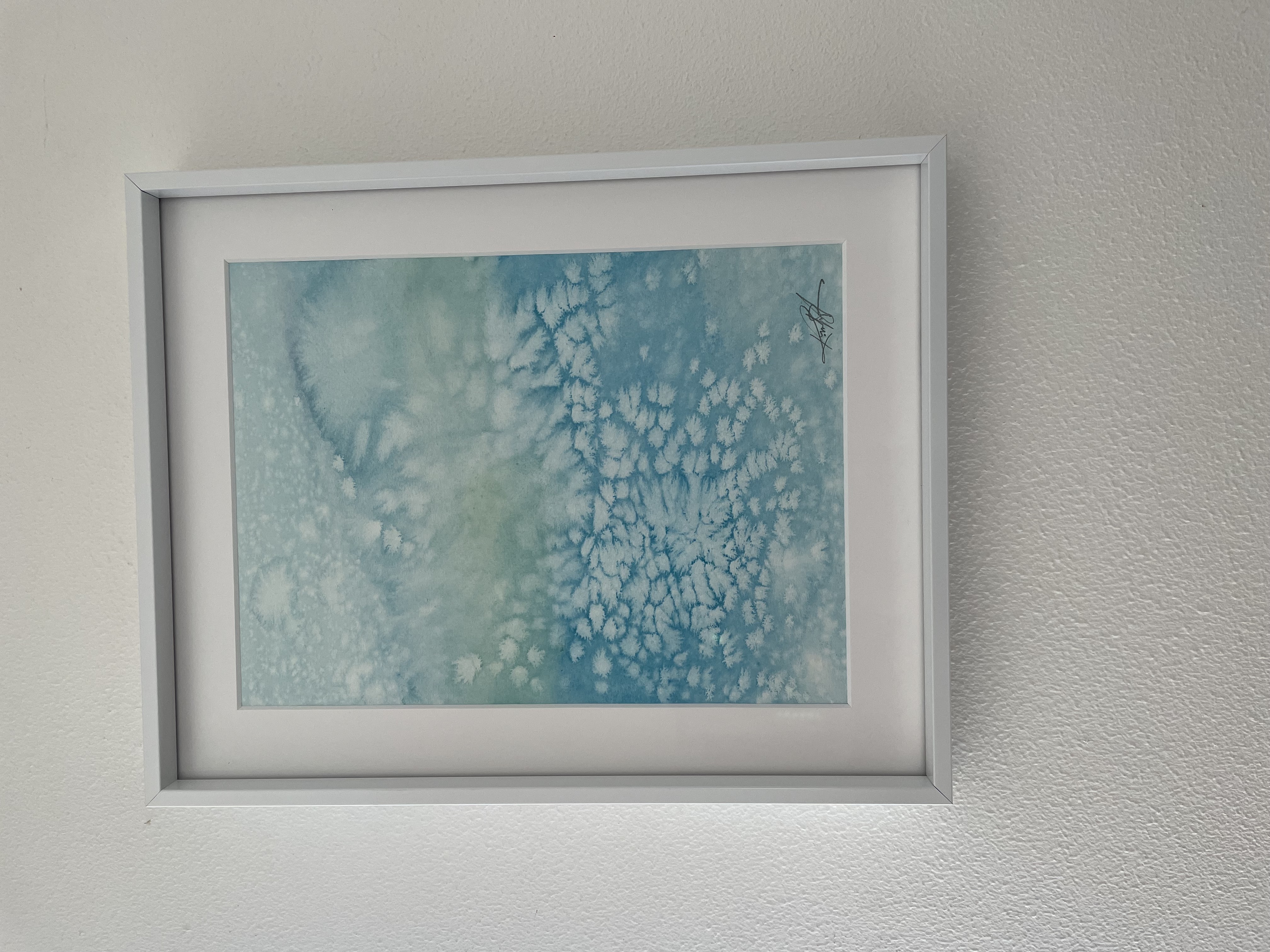Today marks two months since my mother passed and a month since my last blog post. I’m still occupied with what I wrote about in that post: clearing out clothes, cleaning up clutter, making phone calls, and signing documents. There is progress being made on all those fronts, thankfully. I still haven’t had a service for Mom yet and I don’t know when that will happen. Mom wanted to spare me the stress and pain of having a rosary and funeral Mass and instead opted for a Memorial Mass whenever I was up to it. For a number of reasons, including emotional and financial ones, I just haven’t felt ready.
What has been helping me, at least emotionally, has been art. I think many of us were reminded during the lockdowns of 2020 just how much art matters. When we couldn’t gather to see live music, or an art exhibition, or take in a movie or a play, there was a sense of loss. This loss, coupled with not being able to be in the company of family or friends, has led to isolation and depression.
When my mother died, I suddenly found myself alone in a house that I had lived in for the better part of 38 years. I had moved away twice during that time, but those times were brief and over twenty years ago. I see her everywhere I look: her furniture, her style, her “stuff”. This isn’t a bad thing, but I knew I had to start making changes so this place would feel more like mine. Hanging some new art on the walls was a place to start. Thanks to a website called Artfinder, I came across a talented woman named Kathy Morton Stanion. Her paintings spoke to me and I purchased this piece that immediately enveloped me in a calming, peaceful embrace. 
Kathy and I exchanged many emails back and forth and we found out we shared things in common. Her beautiful painting marked one of the first steps in my healing journey.
The second artist who has helped me is a talented singer, songwriter, and pianist named Natalie Nicole Gilbert. We’ve followed each other on Twitter for a long time and I don’t know how that started, really. We never interacted until after Mom died and her latest album was being released. Its title is perfect: Recovery. This album is all about recovery in its various forms and its release and appearance in my life is more than coincidental. It’s perfectly timed by something more powerful than me.
As with Kathy, Natalie and I have shared some wonderful interactions and again, found lots of common ground. This is the power of art, of connection, and of well, technology. Despite the negative aspects that social media and the internet in general can draw into your life, it introduced me to two women who are bringing beauty into the world one painting and one song at a time. They and their art are making a stressful, sad, difficult time easier for me. This is how art can heal and uplift. We’re all artists in some way. Think about how can you bring healing and joy into the world. You don’t have to paint or sing. A kind word. A listening ear. A cooked meal. Anything done with love is art. And more love and more art is exactly what all of us need.



